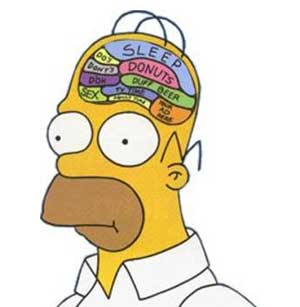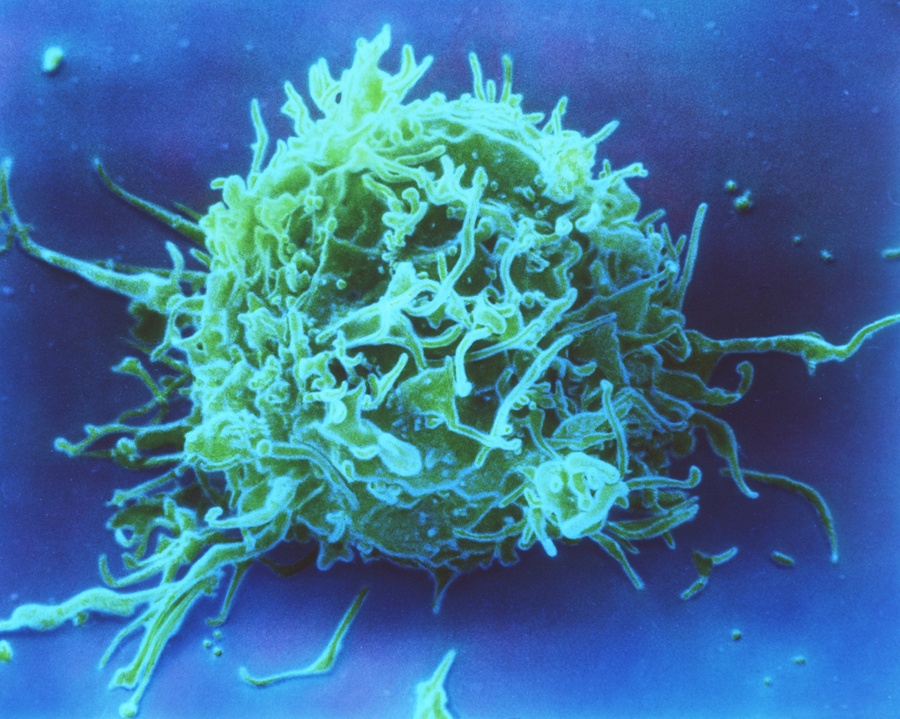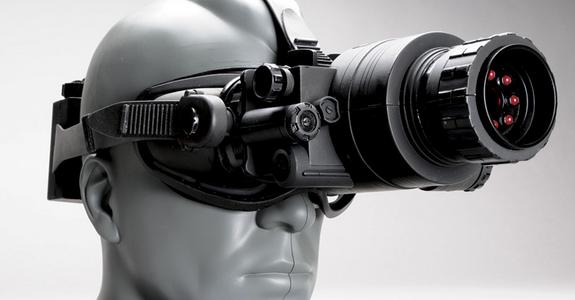 “‘Every dollar we invested to map the human genome returned $140 to our economy — every dollar,’ he said. ‘Today our scientists are mapping the human brain to unlock the answers to Alzheimer’s. They’re developing drugs to regenerate damaged organs, devising new materials to make batteries 10 times more powerful. Now is not the time to gut these job-creating investments in science and innovation.'”
“‘Every dollar we invested to map the human genome returned $140 to our economy — every dollar,’ he said. ‘Today our scientists are mapping the human brain to unlock the answers to Alzheimer’s. They’re developing drugs to regenerate damaged organs, devising new materials to make batteries 10 times more powerful. Now is not the time to gut these job-creating investments in science and innovation.'”
President Obama makes the case for federal investment in the Brain Activity Map Project. (You heard it here first, tinfoil hat people. The tyranny of the Kenyan socialist will not stop at your precious bodily fluids — He’s going to read your brainwaves too!) Seriously, though, investing in basic scientific research like this is, er, a no-brainer. It creates jobs while advancing the frontiers of human knowledge in all kinds of unanticipated ways. We’d be stupid not to support this — which means, of course, the jury’s still out on whether we will.
Update: “BAM is an acronym you’ll probably be hearing a lot in the weeks and months to come — so let’s talk about what the BAM project is, what it isn’t, and why it’s raising both interest and eyebrows throughout the scientific community.” Io9 has more.







